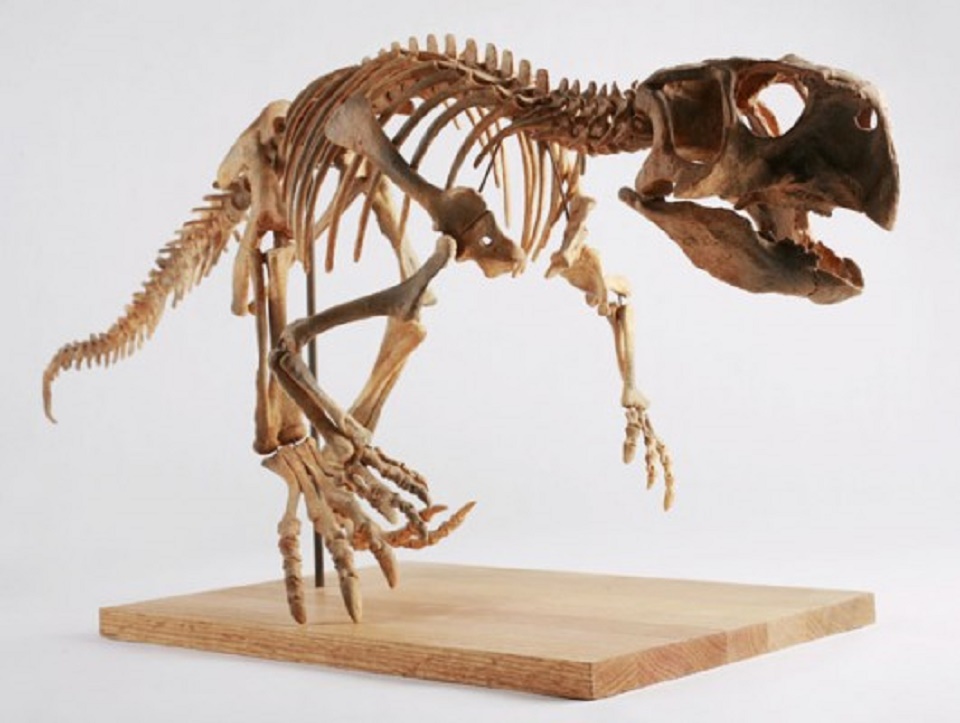
The dinosaurs came in all shapes and sizes, they flew, swam, walked on four legs, two legs, and some could apparently do both. A new paper published in Nature presents research that documents the precise changes when herbivores of the same species went from two to four legs from birth to adulthood.
The researchers found that for smaller animals of the species Psittacosaurus, legs, and arms tend to be about the same length. For larger and older animals, however, the legs were longer than their arms, making them more prone to be bipedal.
The scientists counted the rings of fossilized bones, similar to that of trees, these rings reveal the age and how fast certain bones grow. This data provided them with information of shifting bone growth, with legs accelerating in growth with age, making legs proportionally longer compared to the arms.
Paper author Corwin Sullivan writes, “This was a very interesting study to be involved in because of the way the histological data and the actual measurements of bones of different sizes provided complementary records of growth, giving us a much more complete picture than we could have got from either line of evidence alone”.
The conclusion was that for growing Psittacosaurus, four legs were good at a young age, but apparently, two legs were better for older Psittacosaurus.
Speculation to why could perhaps point to that of standing on two legs made adult herbivores reach a little higher – in their efforts to find eatable plants and higher tree branches in competition with other species.
_______________
Histology and postural change during the growth of the ceratopsian dinosaur Psittacosaurus lujiatunensis. Zhao, Q., Benton, M.J., Sullivan, C., Sander, P.M., and Xu, X., 2013. in Nature Communications
______________________________

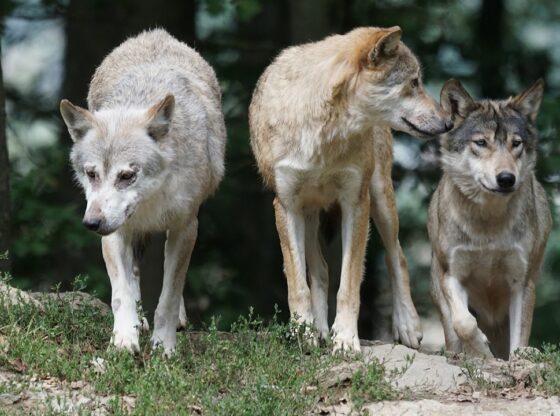
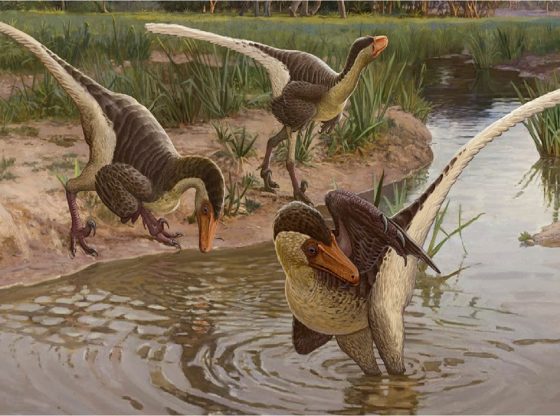
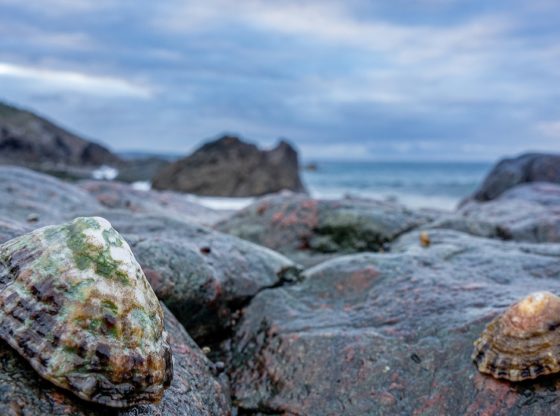

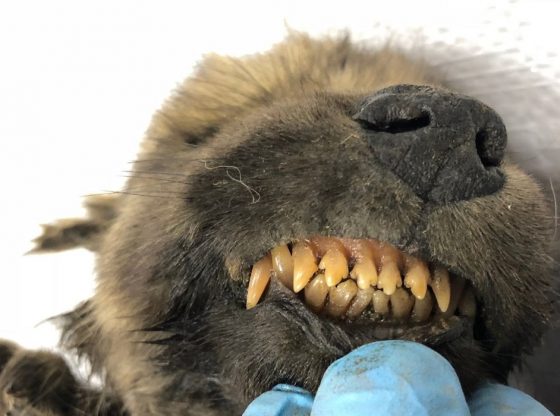
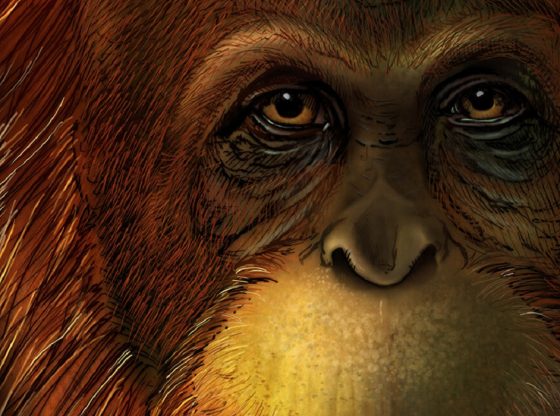
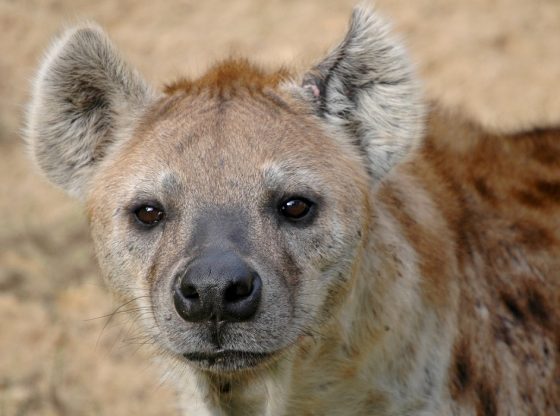
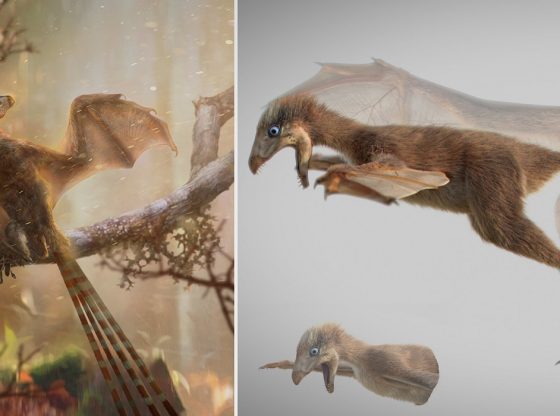
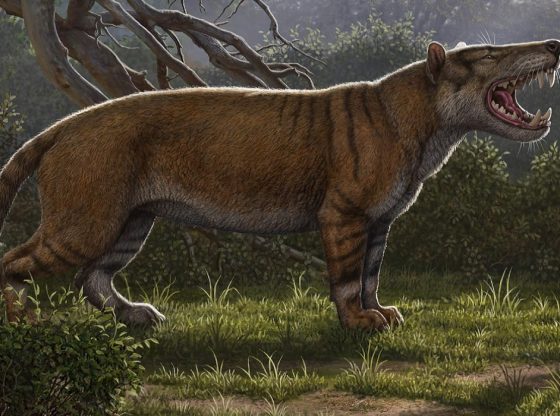
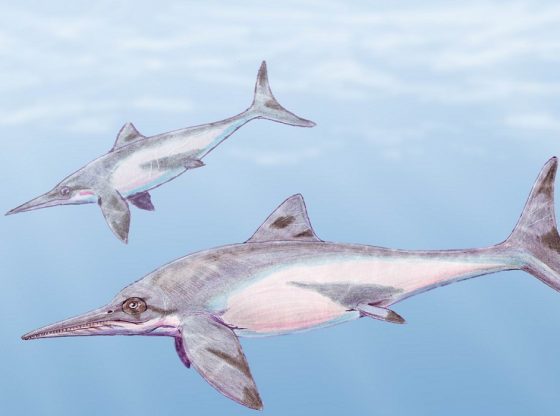
![OpenAI. (2025). ChatGPT [Large language model]. https://chatgpt.com](https://www.illustratedcuriosity.com/files/media/55136/b1b0b614-5b72-486c-901d-ff244549d67a-350x260.webp)
![OpenAI. (2025). ChatGPT [Large language model]. https://chatgpt.com](https://www.illustratedcuriosity.com/files/media/55124/79bc18fa-f616-4951-856f-cc724ad5d497-350x260.webp)
![OpenAI. (2025). ChatGPT [Large language model]. https://chatgpt.com](https://www.illustratedcuriosity.com/files/media/55099/2638a982-b4de-4913-8a1c-1479df352bf3-350x260.webp)








